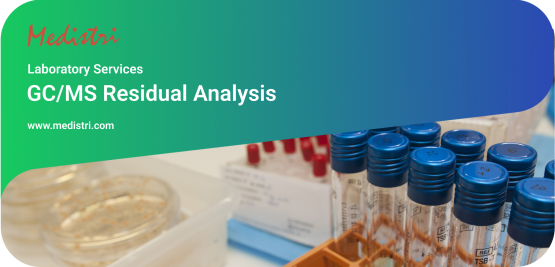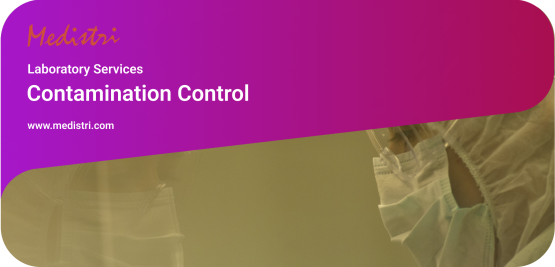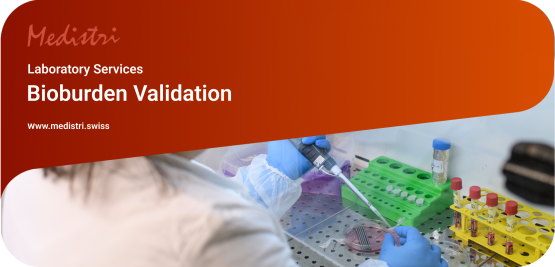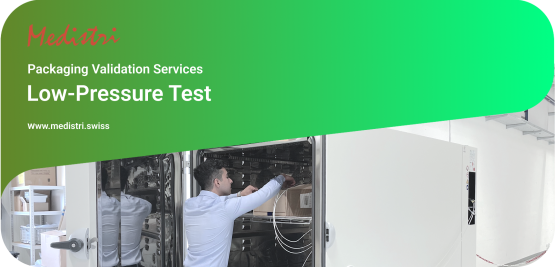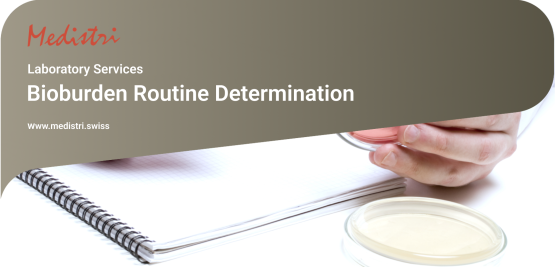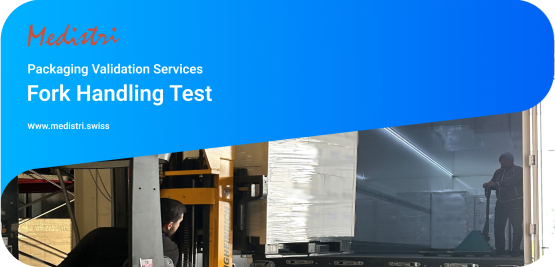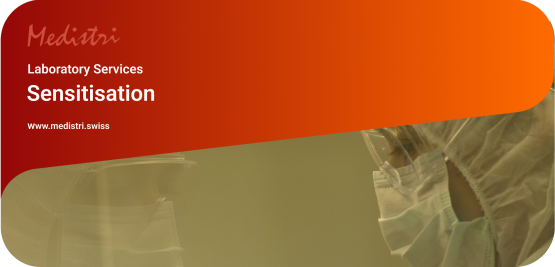GC/MS Residual Analysis
GC/MS Residual Analysis is crucial primarily for safety reasons. Residual solvents can be harmful or toxic. Even if they are not directly harmful, they can react with other substances in the product to form harmful compounds. Therefore, it’s essential to identify and quantify them to ensure the safety of the product.
Contamination Control
Contamination Control is a critical aspect of quality assurance in various industries, particularly those related to healthcare. It encompasses a set of practices aimed at maintaining a clean and sterile environment to prevent the introduction, growth, or spread of contaminants.
Inductively Coupled Plasma Mass Spectrometry
Inductively Coupled Plasma Mass Spectrometry, often referred to as ICP-MS, is a highly versatile analytical technique used for the detection and quantification of many elements. The technique uses an inductively coupled plasma to produce ions from a sample. These ions are then separated and detected by the mass spectrometer.
Bioburden Validation
Bioburden, also known as microbial limit testing, is a quality control process that detects and quantifies microbial contamination of a product at different stages of production. It’s performed on pharmaceutical products and medical products for quality control purposes.
Low-Pressure Test
Low-Pressure Test is conducted to identify potential challenges and stresses that the packaging and the products it contains could be exposed to during air transportation. This test is particularly important for products and packages that could be sensitive to a low-pressure environment.
Bioburden Routine Determination
Bioburden Routine Determination is a process used to measure the total microbiological population on a medical device or pharmaceutical article prior to sterilization. This process is crucial for ensuring the sterility of these products.
Fork Handling Test
The validation of packaging stems from the need to ensure the quality of products across the many steps in your distribution cycle: from shipping to storage. It is indeed an increasingly common requirement for many product categories, including a strong emphasis on the packaging quality requirements for medical and pharmaceutical industries.
Medistri at ThePharmaDays 2024
Medistri is attending ThePharmaDays 2024 in Geneva, Switzerland from June 5 to 6, hosting a booth to cater client meetings, showcase its services and answer all questions.
Medical Devices Intradermal Reactions
Biocompatibility testing is a critical part of the safety evaluation process for medical devices. One of the key tests in biocompatibility testing is the irritation or intradermal reaction test. This test is designed to evaluate the potential of a medical device to cause irritation to the skin or other tissues.
Sensitisation
Sensitisation testing ensures the safety of medical devices by assessing their compatibility with biological systems and their potential to cause harm or adverse reactions.

